When I ask anybody what his/her understanding of the term “learning” is, I get so many different answers. Some say, getting new things, information, knowledge, skills, experience, view, behaviour, opinion, perspective or visualization and many more. Wikipedia, terms learning as the process of acquiring new, or modifying existing,
knowledge, behaviours, skills, values, or preferences. \
As an intellectual being, we are continuously evolving ourselves using one tool – LEARNING! In fact, I call it as learning. It can be acquisition of new set of information, interpretation of new perspective or application of existing theory or knowledge in an altogether new perspective/ scenario. As humans, we use this method to improve our thinking, and I realized that our actions are born from our thoughts. Our thoughts are products of our values, and our values come from our own belief system. Most people misinterpret learning as formal education – which is sub of learning. Formal education refers to the bare minimum set of information, skill sets and knowledge that are required to survive in this world. However, that is not sufficient for developing human life. The world is evolving day by day with new set of information, challenges, diversity and many more.
When I did some deep thinking about how to improve my learning, I began asking those around me and every answer seems to right and a valid perspective of these complex phenomena called learning. One can always get new set of learning from one’s colleagues, friends, family and all members of society at large. Interpretation given by a hawaldar, a vegetable vendor, a child or even a homeless person on the road side can influence one’s thought process. When one appliesone’s sixth sense, (I call it as common sense) with this new interpretation in one’s work environment; the corporate honchos called it the “out-of-the-box” thinking. Let me share a story. There was once an expert musician. Whenever he played violin, it rained; even in a desert. Once he went to watch a circus. In one of the performances, a bear was dancing to a tune played by the violinist from the circus. The musician approached him and said, ‘You can make only a trained bear dance to your tune. But my music can make any animal dance!’ The circus’ violinist rejected this claim as sheer nonsense. An argument ensued, resulting in a duel. The circus’ artist called in a lion to face the musician. The lion, on hearing his music, began to gyrate in an ecstatic dance. Next, a cheetah was called and that animal too began to dance. The circus’ artist send in a tiger next. The musician continued to play nonchalantly. But the tiger was not enchanted by his music. On the contrary the tiger charged towards the musician. The audience scattered in terror. The musician threw his violin in the air and ran for his life. Luckily, he managed to escape from the tiger.
The trainers soon caught the tiger and locked it up in a cage. The exhausted musician now accepted his defeat; however he was still astounded as to why his music failed to charm that particular tiger. The circus artist explained with a smile, ‘The reason is very simple. That tiger is tone deaf. It is a birth defect and this particular tiger does not have ears or even the apertures for hearing. The audience soon noticed this and tried to escape. But you were so involved in your playing that you failed to notice this simple fact!’
Moral of this story is that awareness about present makes a lot of difference in learning. When one is at the receiving end and acquires required information related to things and environment around oneself, then one can make relevant interpretation and live a smart life.
Learning is an evolving process and always starts with acquisition of information, experience and degree of correctness of information sources. When this is correctly received then judgment or interpretation can be used to handle any kind of challenges.
The author of this article is Prof. (Dr.) Risil Chhatrala, Associate Professor & HoD, Department of Electronics & Telecommunication, International Institute of Information Technology, I 2 IT, Pune. (www.isquareit.edu.in) (risilc@isquareit.edu.in)
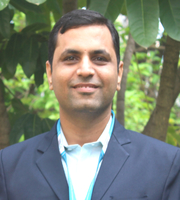




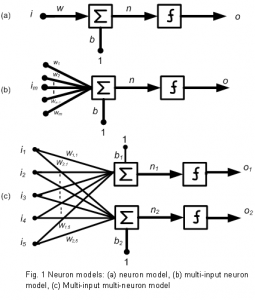
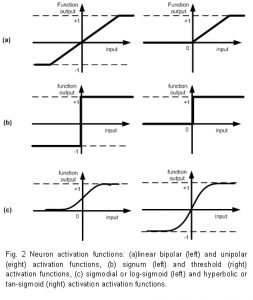
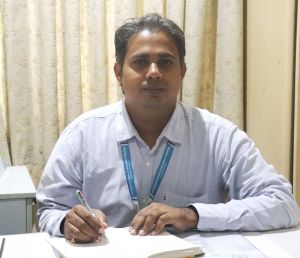

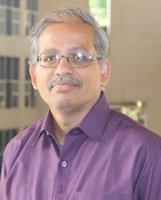
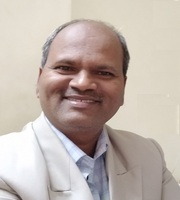

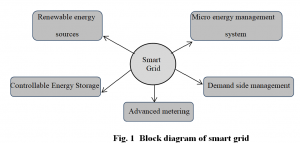
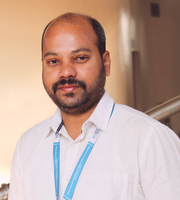

Recent Comments